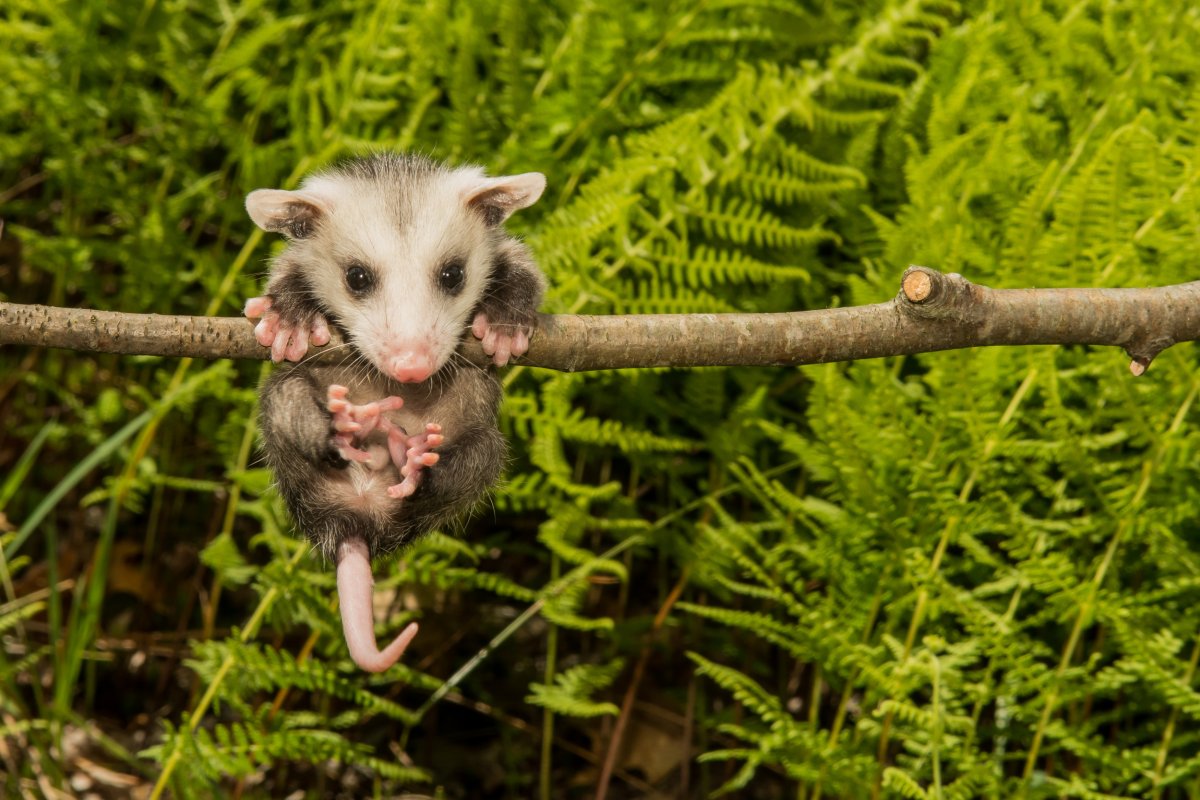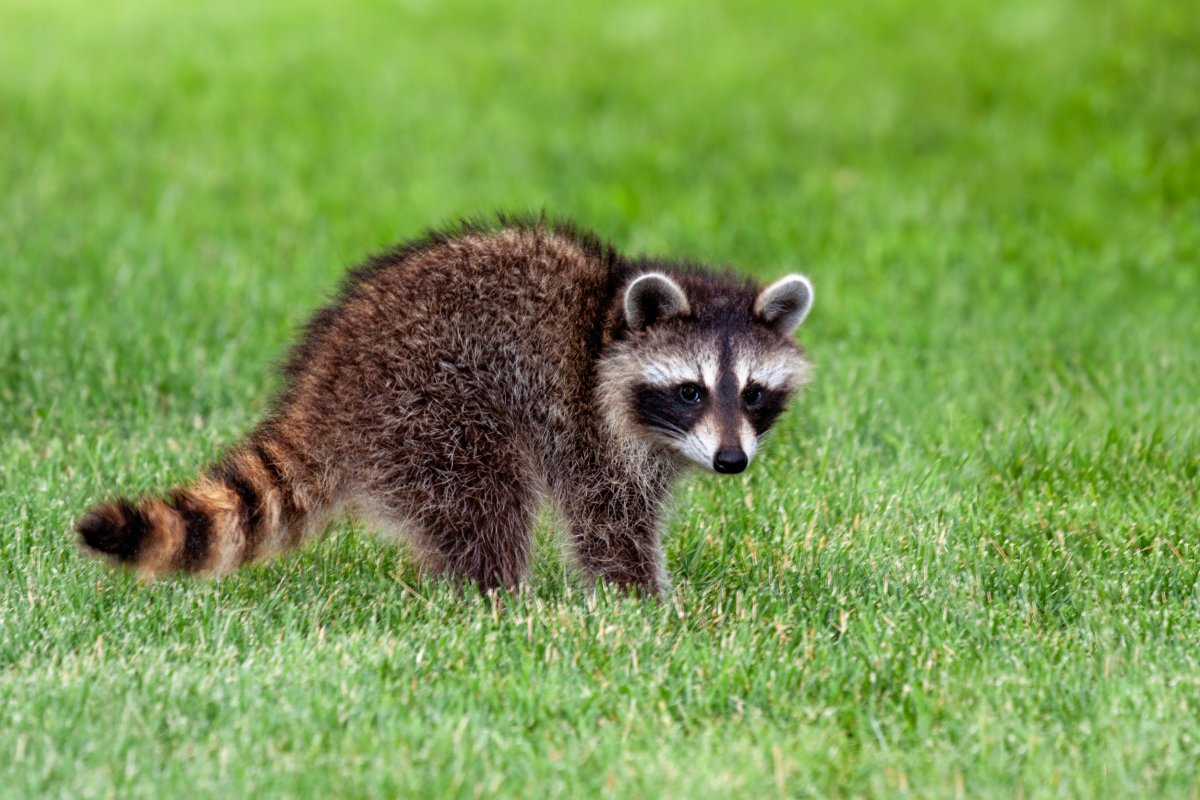A new study has revealed a surprising dimension of the COVID-19 pandemic, with the virus responsible for the global crisis, SARS-CoV-2, now detected “in a large number of farmyard animals.”
Researchers examined 23 common garden species in Virginia and found that six of them harbored the virus.
Genetic analysis confirmed not only the presence of SARS-CoV-2, but also the existence of unique viral mutations that closely matched the human variants circulating during the study period. The highest exposure to SARS-CoV-2 was found in animals near hiking trails and high-traffic public areas, suggesting that the virus jumped from humans to wildlife.
More information on Newsweek Vault: What is a health savings account?
The study, published in the peer-reviewed journal Nature Communicationshighlights the importance of monitoring wildlife for new mutations of SARS-CoV-2, which could pose greater risks due to increased transmissibility, potentially creating challenges for vaccine development.

Jason Ondreicka/iStock / Getty Images Plus
Scientists stressed, however, that they had found no evidence of transmission of the virus from animals to humans, and that people should not fear typical interactions with wildlife.
More information on Newsweek Vault: Compare the best health savings account (HSA) providers
Investigators tested animals of 23 common Virginia species for active infections and antibodies indicating previous infections.
They found evidence of the virus in deer mice, Virginia opossums, raccoons, marmots, cottontail rabbits and eastern red bats. The virus isolated from one opossum had viral mutations that had not been previously reported and could potentially impact how the virus affects humans and their immune response.
“The virus can jump from humans to wildlife when we come into contact with them, like a hitchhiker switching vehicles to a new, more suitable host,” study author Carla Finkielstein, professor of biological sciences, said in a statement. “The goal of the virus is to spread to survive. The virus aims to infect more humans, but vaccines protect many humans. So the virus turns to animals, adapts and mutates to thrive in the new hosts.”
SARS-CoV-2 infections have already been identified in wild animals, primarily in white-tailed deer and wild mink.
However, the Virginia Tech study has greatly expanded the number of species examined and provided a better understanding of virus transmission in wildlife and between species. The data suggest that exposure to the virus has been widespread among wildlife and that areas of high human activity may serve as points of contact for interspecies transmission.
“This study was motivated by the recognition of a significant gap in our knowledge about SARS-CoV-2 transmission in the broader wildlife community,” study author Joseph Hoyt, assistant professor of biological sciences, said in a statement. “Many studies to date have focused on white-tailed deer, while what is happening in much of our common backyard wildlife remains unknown.”

mtruchon/iStock / Getty Images Plus
The research team collected 798 nasal and oral samples in Virginia from animals that were live-caught in the field and released, or treated at wildlife rehabilitation centers. The team also obtained 126 blood samples from six species.
The sites were chosen to compare the presence of the virus in animals in sites with different levels of human activity, from urban areas to remote wilderness areas.
The study also identified two mice at the same site on the same day with the exact same variant, indicating that they had both contracted it from the same human or that one had infected the other.
However, researchers are still uncertain about the exact mechanisms of transmission from humans to animals. While sewage is a potential source, scientists believe that garbage and discarded food are more likely to be the cause.
“I think the main takeaway message is that the virus is pretty ubiquitous. We found positive cases in a lot of backyard animals,” study author Amanda Goldberg said in a statement.
Although this study was conducted in Virginia, many of the species that tested positive are widespread throughout North America. This suggests that these animals may also be exposed to the virus in other regions. Hoyt said there is an urgent need to expand surveillance to a broader geographic area.
“The virus doesn’t care whether its host walks on two or four legs. Its primary goal is survival. Mutations that don’t give the virus a survival or replication advantage will not persist and will eventually die out,” Finkielstein said.
While researchers have learned that “SARS CoV-2 is not just a human problem,” they acknowledge that monitoring for these mutations must continue and that more research is needed into how the virus transmits from humans to wildlife.
Do you have any idea about a scientific story that Newsweek should be covered? Let us know via science@newsweek.com.
Uncommon knowledge
Newsweek is committed to challenging conventional wisdom and finding connections in the search for common ground.
Newsweek is committed to challenging conventional wisdom and finding connections in the search for common ground.